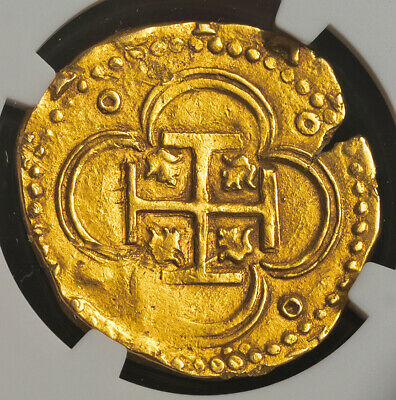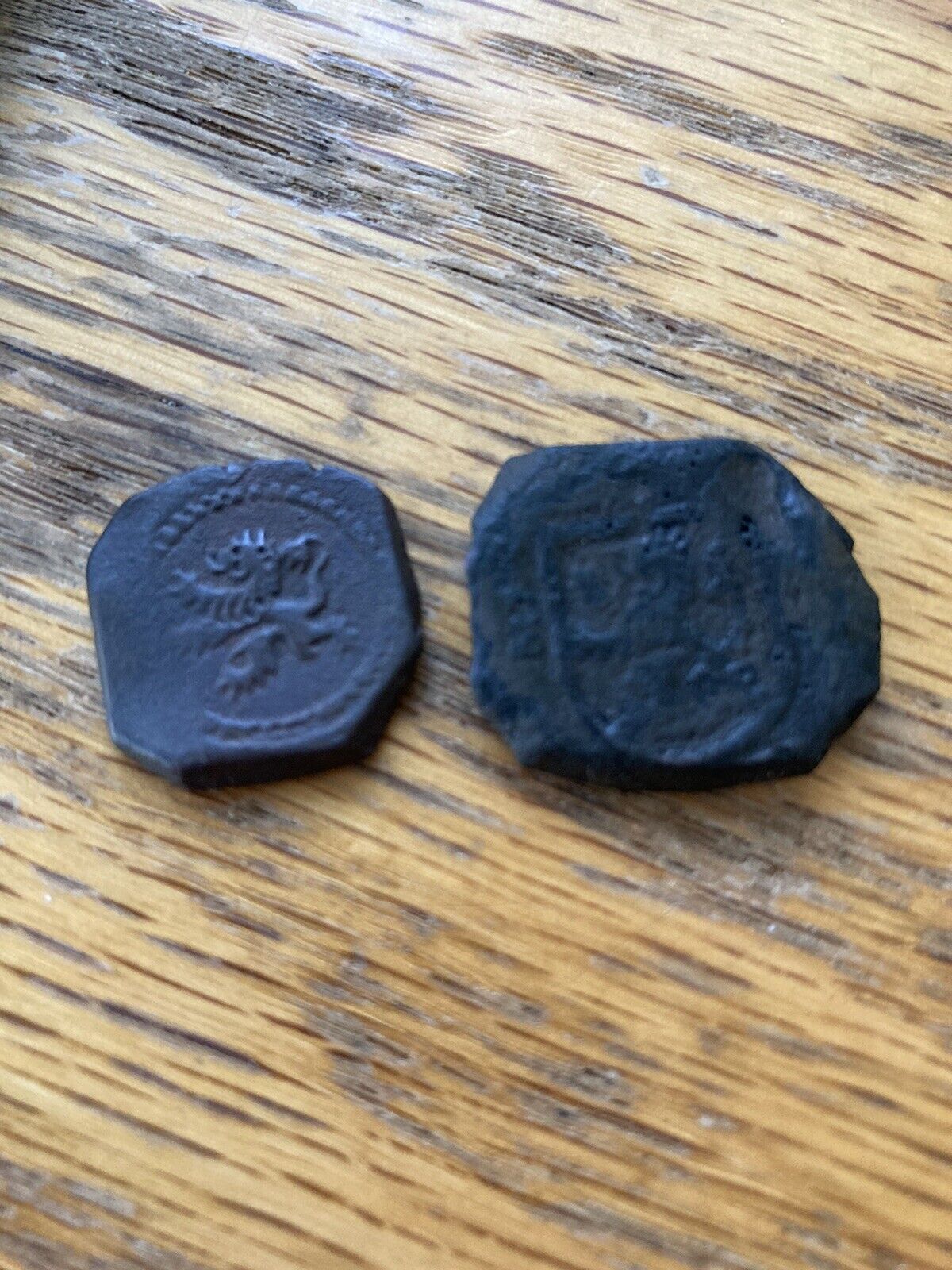-40%
1598, Spain, Philip II. Rare Gold 4 Escudos Cob Coin. Seville! (13.48gm) NGC AU+
$ 2328.82
- Description
- Size Guide
Description
CoinWorldTV1598, Spain, Philip II. Rare Gold 4 Escudos Cob Coin. Seville! (13.48gm) NGC AU+
Mint Place: Seville
Denomination: 4 Escudos
Mint Period: 1556-1598 (not dated type)
Reference: Friedberg 158 (
00 in XF!
)
.
Rare!
Condition:
Certified and graded by NGC as AU (Details: Rev. Damage!)
Weight: 13.48gm
Material: Gold!
Obverse:
Coat of arms of the Spanish line of the House Habsburg. Value (oIII) to right, mint letter (S) above mint mark (Gothic P) to left.
Legend: PHILLIPVS ° II ° DEI GRATIA
Reverse:
Cross of Jerusalem within quatrefoil with invereted leaf terminals. Annulets in outer fields. All within pelleted border.
Legend: + HISPANIARVM REX
For your consideration a rare 4 escudos gold cob coin, struck under Philip II of Spain between 1556 and 1598 at the Spanish mainland mint of Seville.
A magnificent and valuable specimen, and a great addition!
The first coinage of the New World and what comes to mind when we think of Pirate Treasure are pieces of eight. These first coins, often called cob coins, were made from roughly cut planchets (blanks) by striking them with hand dies. The word Cobb comes from a simplification of the Spanish phrase, Cabo de Barra, which translates as, from a bar. After the coins are struck, they are weighed by an assayer who cuts off any excess Silver which is why most coins have some of the impression cut away. Due to this method of manufacturer no two coins are alike and many are collected for their unique shapes alone. The Cobb coin, like anything that is no longer available is becoming very scarce and hence more valuable. The few remaining Coins are the last vintage of the glory days of pirates and Treasure hunting and are fast disappearing into private hands.
Authenticity unconditionally guaranteed.
Bid with confidence!
Philip II of Spain
(Spanish:
Felipe II
; 21 May 1527 â€" 13 September 1598) was King of Spain (as
Philip II
in Castille and
Philip I
in Aragon) and Portugal as
Philip I
(Portuguese:
Filipe I
). During his marriage to Queen Mary I, he was King of England and Ireland and pretender to the kingdom of France. As heir to the Duchy of Burgundy, he was lord of the Seventeen Provinces of the Netherlands. Known in Spanish as "Philip the Prudent" (
Felipe el Prudente
), his empire included territories in every continent then known to Europeans and during his reign Spain was the foremost Western European power. Under his rule, Spain reached the height of its influence and power, directing explorations all around the world and settling the colonisation of territories in all the known continents including his namesake Philippine islands. However, he was also responsible for four separate state bankruptcies in 1557, 1560, 1575, and 1596; precipitating the declaration of independence which created the Dutch Republic in 1581; and the disastrous fate of the 1588 invasion of England.
Philip was born in Valladolid, the son of Charles V, Holy Roman Emperor and King of Spain, and his consort, Isabella of Portugal. He was described by the Venetian ambassador Paolo Fagolo in 1563 as "slight of stature and round-faced, with pale blue eyes, somewhat prominent lip, and pink skin, but his overall appearance is very attractive." The Ambassador went on to say "He dresses very tastefully, and everything that he does is courteous and gracious."
Only 1$ shipping for each additional item purchased!











